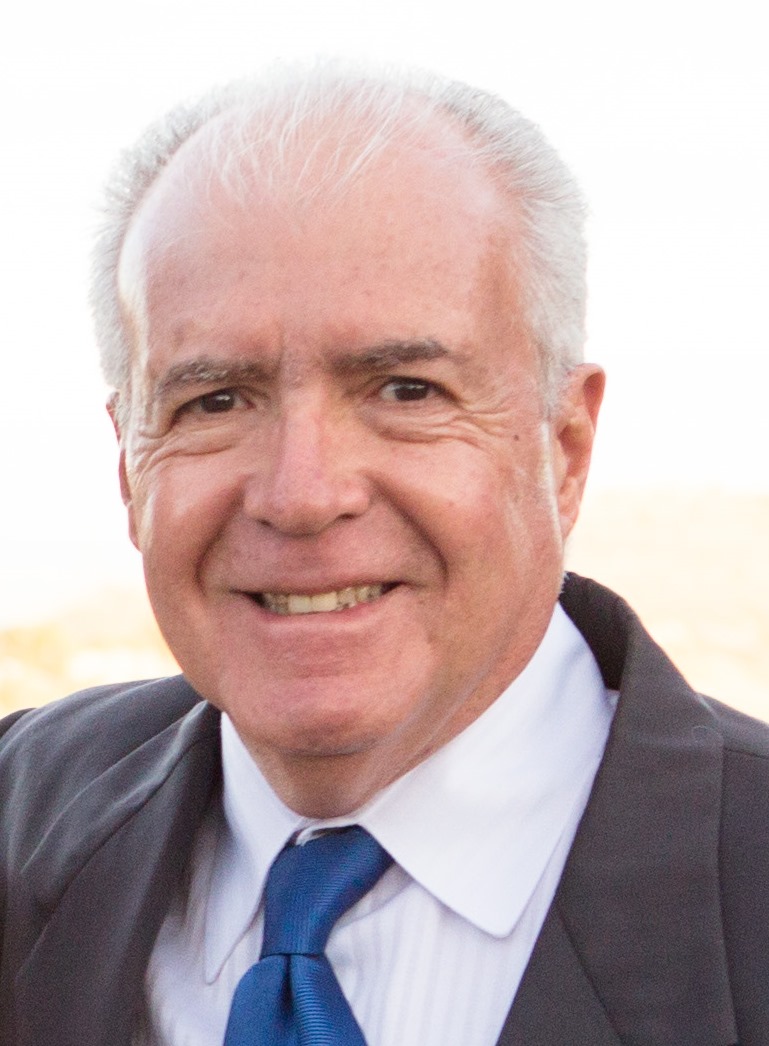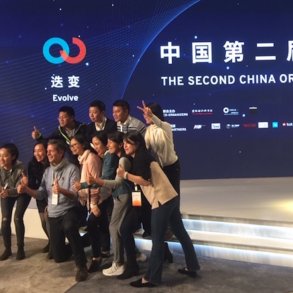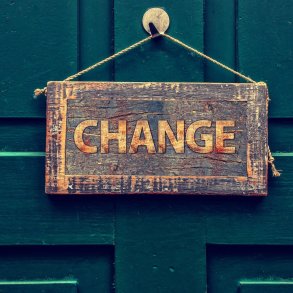By Helio Borges and originally published at medium.compresencing-institute
This is the second half of a longer article. EE Magazine highly recommends reading the whole article.

The Iceberg Model of Awareness Based Systems Change
The Iceberg Model of Awareness Based Systems Change (Fig 2) shows disruptions happening above the surface of the water, at the Symptoms level, which is our normal level of awareness. But we all know that 90% of the iceberg is below the surface. Thus, to change a system, you need to deep dive below the surface down to the Source level, where decisions originate, effecting change on the Thought level immediately above, where new Mental Models produce the modification of the Structures where most societal change takes place.
How Does Business Agility Change Systems?
It does not.
I had the opportunity to lead change in three different companies, hence, my supposition was that Agile had to do mostly with the optimization of business processes. As I said before, I was concerned about the business sector, so I began to enquire about how that sector is changing systems now.
It turns out that most businesses are pursuing “Business Agility”, using Agile Based Process Change methodologies to drive change, consequently, they are not changing systems. As we said before, the change of business processes happen at the level of Structures. But if we try to change the Structures without changing first the Mental Models, the change will generate “Cultural resistance”. Successful and long lasting Systems Change takes place at the Thought level or below.
How Does Business Agility Change Corporate Culture?
It does not. This is how Cultural Change happens: (See fig 3)
Source Conditions (Inner condition of individuals) give rise to the Quality of Relating (Patterns of thinking, conversing, and organizing), aka Corporate Culture, which produces Practical Results.
Accordingly,
Corporate Culture changes Business Processes, not the other way around.
Or, in Peter Drucker´s words, “Culture eats strategy for breakfast”.

Agile methodologies are efficient to change business processes, but processes are managed by people, and Agile methodologies are not the right tool for changing people´s hearts and minds, otherwise known as Corporate Culture.
Not only the Iceberg Model of Systems Thinking and Peter Drucker state it clearly but also the Agile Alliance does it too, “company philosophy or culture at odds with core agile values was the leading cause of failed agile projects. In fact, it was interesting to note that two of the top five reasons that caused agile failures revolve around the organization’s culture.”
I rest my case.
How Do You Change Business Processes and Corporate Culture Simultaneously and Successfully?
The answer to that question is “With Awareness Based Systems Change.”
Otto Scharmer describes Awareness Based Systems Change in the following three sentences.
“You can not understand a system unless you change it. You cannot change a system unless you transform consciousness. You cannot transform consciousness unless you can make a system see and sense itself.”
Theory U Is an Awareness Based Systems Change Methodology.
Theory U is the ideal methodology to change large social systems, including businesses. Why? The Theory U methodology includes State of the Arts Systems Thinking, blending Systems Sensing and Systems Thinking, which will allow effecting change at the Source level of the Iceberg Model. How? Capacitating the organization to See through complexity to Sense and Actualize its highest future possibility, and enabling it to take immediate Action to Crystallize it.
Slow Agile, The New Normal in Business Transformation
It all began with an insight…
“Business Agility” is a buzzword for business transformation. Nevertheless, given that Agile cannot drive Culture Change, a pure Agile driven change will most probably generate cultural resistance, will take more time, will cost more, and will probably run the risk of failing, as the Agile Alliance sustains. On the other hand, Theory U allows the organization to use Corporate Culture as the driver of Business Processes change, resulting in less time and cost invested, and facilitating the constitution of self-organizing teams. When I had that insight, the word Slow Agile began sounding in my ears.
In reality, most businesses won’t change one methodology for the other because Theory U is not mainstream yet. For this reason, if any business wants to carry out a truly “Business Agility” transformation, they must complement the Agile Based Process Change methodologies that they are using, with Theory U.
As a result, the change process will take less time and cost less, especially, they will have cultural collaboration instead of resistance, and finally, they will cross out “culture” from the list of leading causes of failed Agile projects.
With this purpose in mind, the “Business Agility” change will take place in parallel, with Agile methodologies changing processes, while Awareness Based Systems Thinking are changing Organizational Culture. The great thing about Theory U is that it can integrate with whatever change process that the organization is using at the moment.
In December 2020, the Presencing Institute approved the participation of our project into the u.lab2X 2021, PI’s accelerator for systems transformation.
As a result, Slow Agile, an out-of-the-way idea to integrate Theory U and Agile into a single methodology that allows true “Business Agility”, began to grow from prototype to ecosystem impact.
Three months later, by the end of March 2021, we have become a team of 13 changemakers from six different countries who every day that passes by, are closer to completing the development of our project.
If your organization is experiencing issues with Agile Based Change, please contact us at [email protected] to have a generative conversation.
To witness the evolution of Slow Agile from idea to ecosystem impact, please read the article Agile U / Slow Agile. Adding Consciousness to Systems Change

Helio Borges is a u.lab systemic change maker, ontological coach, wellbeing & values promoter and facilitator, and bilingual writer (Spanish is his first language) Get in touch with him by: Facebook: https://www.facebook.com/helio.borges.35 Instagram: @heboga Twitter: @hborgesg Medium: @hborgesg
Featured Image, some paragraph spacing, and block quoting added by Enlivening Edge Magazine.




